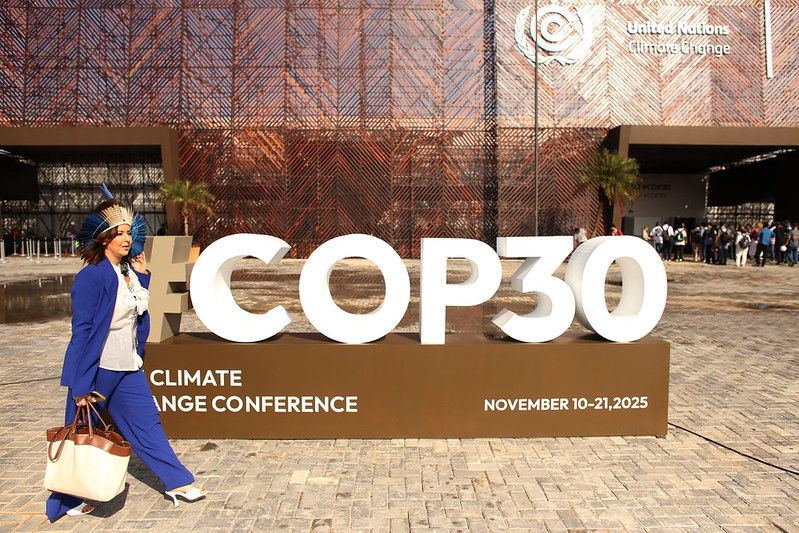Coal still part of Germany’s future? Schrecklich!
- gosiarychlikeu
- Aug 23, 2020
- 3 min read
Shock, sadness, anger, incomprehension! Visiting a beautiful village in Germany ought to be about the value of the environment, people, and health, but our one-hour stopover in Keyenberg generated quite different emotions.
On August 22, on our way from Mülheim to Cologne, we decided to make a short detour and take a look around the village of Keyenberg, which had been one of the negative stories featured during the 2018 Berlin Climate Reality Leadership Corps Training on how fossil fuels dominate our economy.
Keyenberg lies on a lignite field, very close to an open-pit mine operated by the German power company RWE. According to German law, the mining company is able to force residents to leave their homes, schools, and church, and to destroy the entire village, including its gardens, trees, and nearby forests. Schrecklich!
While already a horrifying case study from one of the most developed countries in the world, during the training it had been hard to understand the real magnitude of the disaster and the full impact of the personal tragedies. I’m afraid even this short blog post will be unable to convey the full picture.
The first thing we saw as we approached Keyenberg were the many wind turbines that surround the village and line the road that leads towards it. Then suddenly we reached a junction, where there was only one road open: the other road was closed by the mining company on July 20. The road leads across the lignite field.
After taking a right turn and travelling a few hundred meters, we came to a tiny village, where it was obvious immediately that something was going on. The shop windows were dirty and empty, many of the houses were unoccupied, some of the gardens were uncared for, and the church was closed. All very unusual for Germany!
The bakery next to the church was open, so we decided to call in and ask the shopkeeper about what was happening in the village. We were told that 80 percent of the residents have already left, and the water and electricity supply are greatly reduced. She’d decided to stay for as long as possible, since her family has lived in the village for four generations. Behind the bakery was a small but pleasant area of woodland, with a small castle surrounded by water. What a beautiful place to visit!
After this brief tour we went to have a look at the open-pit mine: it was a massive operation, and only a few hundred meters away from the village! The whole place was shrouded in dust from the mines and the smoke coming from two coal power plants. The size is unimaginable and the whole scene extremely controversial, with the wind turbines surrounding the mines. (Is the renewable energy from the turbines feeding the huge mining machines?)
While Germany is so advanced in terms of environmental science and health, and while the European Union is talking about a just transition, how is it possible that fossil fuels are devastating communities, and that an open-pit mine is more important than health? Why are we subsidizing coal at the expense of a clean environment? And why are we still jeopardizing the goals of the Paris Agreement and the future of our children? Germany could, and should, be leading Europe in the shift to a resilient, fair tomorrow by using upcoming EU funds for a green recovery.
To understand the magnitude of the problem, I strongly recommend paying a visit to Keyenberg, or watching the documentary series recorded there by our volunteers.






![Turning to local climate action [webinar recordigns & resources]](https://static.wixstatic.com/media/49dc72_7c0b72dc499c4a6b99314f5bf07b6a47~mv2.jpg/v1/fill/w_980,h_551,al_c,q_85,usm_0.66_1.00_0.01,enc_avif,quality_auto/49dc72_7c0b72dc499c4a6b99314f5bf07b6a47~mv2.jpg)
Comments